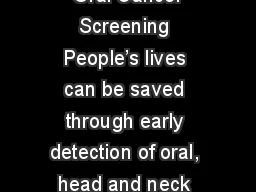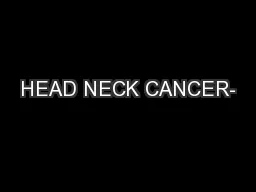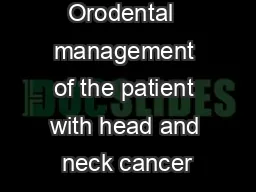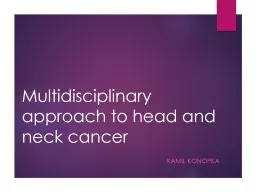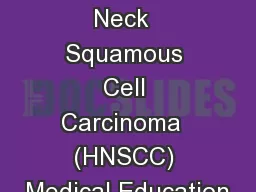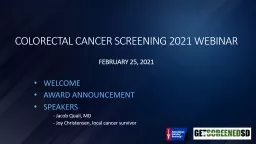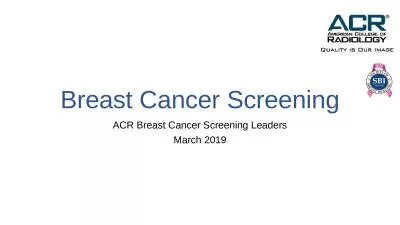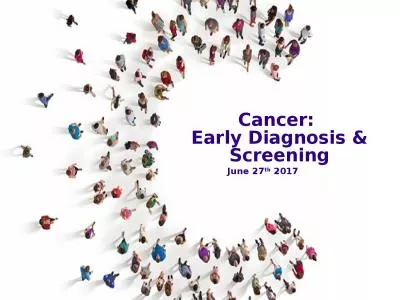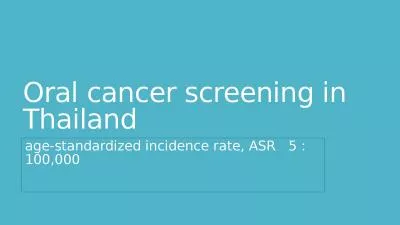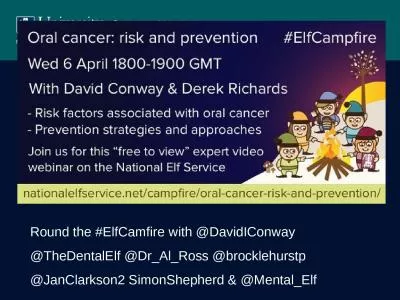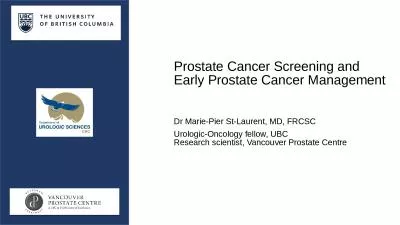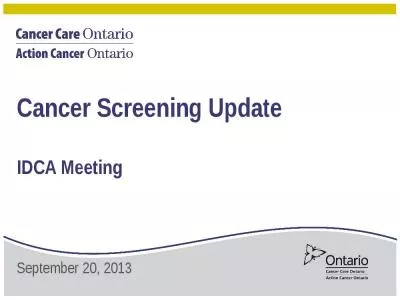PPT-Oral Cancer Screening People’s lives can be saved through early detection of oral,
Author : phoebe-click | Published Date : 2020-04-10
Adriana Clark DDS 1 Agenda Introduction Oral Cancer Facts Oral Cancer Screening Mucosa lesion assessment Patient History Visual Screening Examination Extraoral
Presentation Embed Code
Download Presentation
Download Presentation The PPT/PDF document " Oral Cancer Screening People’s lives ..." is the property of its rightful owner. Permission is granted to download and print the materials on this website for personal, non-commercial use only, and to display it on your personal computer provided you do not modify the materials and that you retain all copyright notices contained in the materials. By downloading content from our website, you accept the terms of this agreement.
Oral Cancer Screening People’s lives can be saved through early detection of oral,: Transcript
Download Rules Of Document
" Oral Cancer Screening People’s lives can be saved through early detection of oral,"The content belongs to its owner. You may download and print it for personal use, without modification, and keep all copyright notices. By downloading, you agree to these terms.
Related Documents

